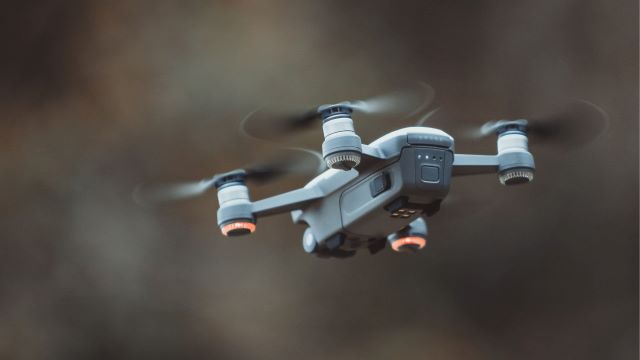Crafting a fair and safe HOA drone policy requires careful consideration of the challenges and opportunities presented by this evolving technology. Balancing the concerns of privacy, noise, and safety while harnessing the potential benefits of drones can be a complex task for HOA boards.
To set a fair and safe drone policy, it is crucial to address the diverse needs and perspectives of your residents. Establishing clear guidelines that mitigate privacy risks, regulate noise levels, and promote safe drone operation can strike a balance between the interests of drone enthusiasts and the well-being of your community.
1. Research and Understand Applicable Drone Laws and Regulations
Before crafting a drone policy, the board should research and familiarize itself with the local, state, and federal laws and regulations about drones. Every state has different drone laws. These regulations may cover aspects such as flight restrictions, registration requirements, and privacy considerations.
With these guides, you can implement the best policy for your community. Stay updated with any changes to ensure your drone policy aligns with legal requirements and ensures compliance.
2. Solicit Input from Residents
Involve residents in policy-making to ensure their opinions and perspectives are heard. For example, conduct surveys, host town hall meetings, or create online forums where residents can provide feedback on the use of drones within the community. This collaborative approach promotes transparency, encourages open communication, and helps craft a policy that reflects the community's collective interests.
3. Establish Clear Rules and Guidelines
Based on the research, legal requirements, and resident feedback, develop clear and comprehensive rules and guidelines for drone operations within the community association. These guidelines should cover drone registration, flight restrictions (e.g., no-fly zones), operating hours, noise limits, and privacy protection measures.
By providing clarity on what is permissible and what is not, you create a fair and predictable environment for all residents. This is the best remedy to keep every homeowner in check because if they don't abide by the available guidelines, they risk being prosecuted.
4. Educate Every Homeowner
Educate all residents on the guidelines, their responsibilities, and the consequences of non-compliance. Organize workshops, distribute informational materials, or use community newsletters to raise awareness and promote understanding of the policy. By fostering a culture of compliance and education, you enhance safety and minimize potential conflicts.
5. Regularly Review and Update the Policy
Drone technology and regulations are continually evolving. Therefore, it is essential to regularly review and update your HOA drone policy. Stay informed on any changes in local or federal regulations and adapt your policy accordingly. Also, encourage residents to promptly provide ongoing feedback and address emerging concerns. Maintaining an up-to-date and responsive policy ensures the continued effectiveness and relevance of your drone guidelines.
Ready to Implement A Safe Community Association Drone Policy?
A well-crafted policy can foster peaceful coexistence and enable the responsible use of drones for recreational and practical purposes. Don't let this process overwhelm you. There are professional services that can guide you to the end. Leverage our services by letting us know the best way to assist you.


